Affiliate links on Android Authority may earn us a commission. Learn more.
Why the Nexus 5 is still so fondly remembered
July 11, 2017
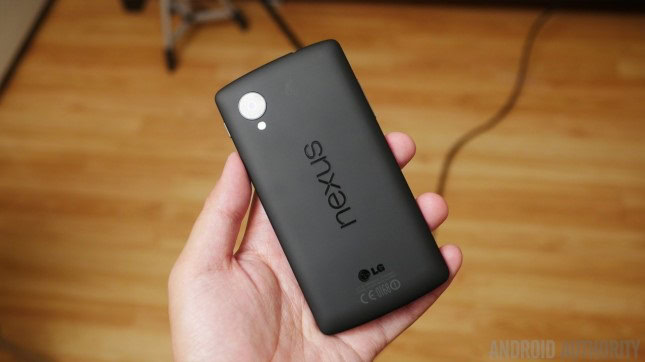
Its camera was underwhelming even when it wasn’t crashing. It was out of battery in less than the time it takes to eat an ice cream. I’ve never seen a smartphone display crack so easily…
And yet, it’s probably one of the most well-liked Android phones to ever hit the market.
It’s strange thinking about the Nexus 5 now because on paper it made a number of missteps. I mean, I can’t remember many other well-regarded smartphones that underperformed both in battery and camera quality at their price point. Such was the power of the Nexus 5’s spell that otherwise deal-breaking features became easy to overlook in the broader context of its capabilities.
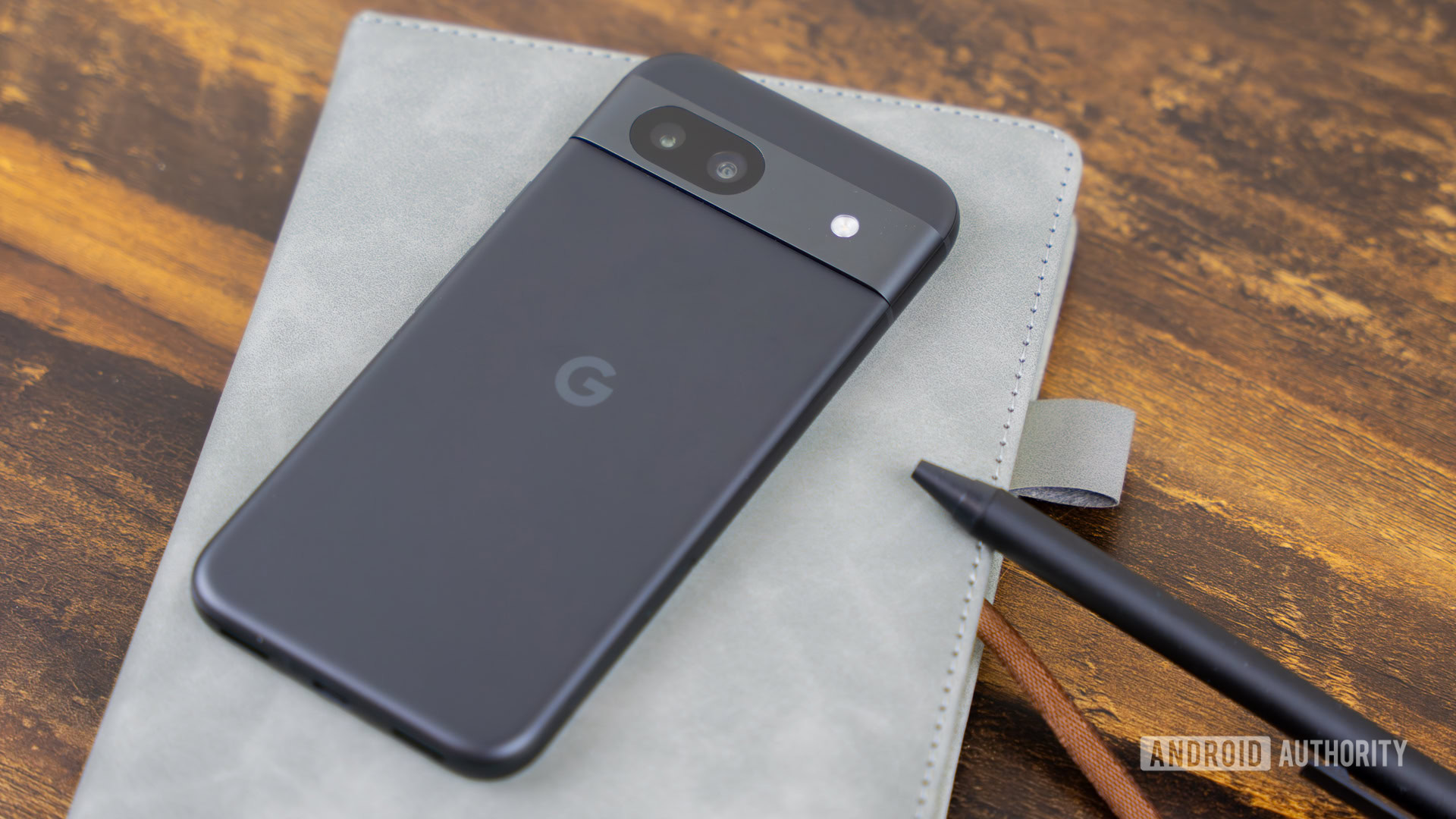
It was born from a now-famous partnership between LG and Google, the pair’s second smartphone venture in a row following the Nexus 4 from the year previous. Released in November 2013, it was, on the surface, a decent handset, showcasing the new and unique features of Android KitKat, while lacking some of the premium specs of its competitors.
The Nexus 5 landed the same year that the Galaxy S4 and iPhone 5s hit the scene, smash-hits for their respective manufacturers. Nobody at the time would have predicted the love that a $350 online order-only phone with a boring design would later foster.
But, where did it deliver?
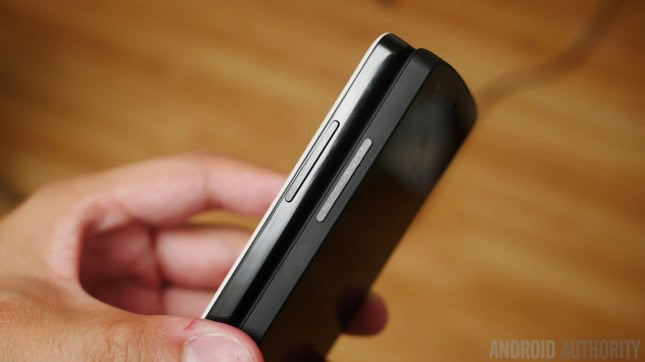
Smartphone performance has reached a level now where everything is running pretty sharpish, even on lower-spec’d handsets, but there was a time when this wasn’t the case: something that was especially noticeable when smartphones were upgraded to new Android versions. Enter the Nexus 5, with a Snapdragon 800 chipset, and a brand new operating system.
Like how we look at the Google Pixel now and feel like it just handles in a way that many other third-party devices don’t, there was something in the Nexus 5’s usability, how it felt to use rather than what it was doing, that was magnetic. This was all the more surprising when viewed in the context of its $349 price tag. Again, the difference between middle-of-the-road smartphones and premium variants was far greater — before the likes of OnePlus, HUAWEI, Xiaomi et al rocked up with their budget-premium phones — than now.
So with the Nexus 5, consumers got a phone that felt immediately impressive that belied its price tag.
But Google nailed it in other areas too. It came in a soft black or white finish that was easy to hold with a brilliant display at what I still consider to be an underrated smartphone size (~5 inches). And that 1080p IPS screen didn’t just deliver great definition (and 1080p is still widely used even today, remember) but was sharper and more saturated than almost anything else on the market. The nuances of the display, melded with the blazing performance, formed an imperceptible quality that just begged the phone to be played with.
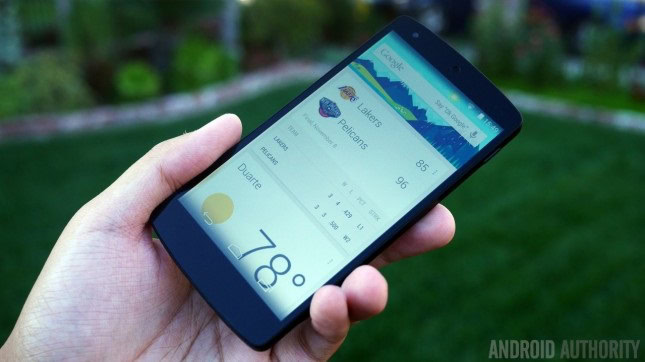
It was arguably the modding scene, however, that really solidified it as a classic handset. The Nexus 5 was used as the reference device for many ROM and app projects, and is still being developed for to this day. This is, in no small part, because it arrived running stock Android with an easily unlocked bootloader, but also because it offered a strong price/performance ratio.
It was a phone, more than any other, that made it feel like anything was possible on Android.
I’ve only touched on the intricacies of the Nexus 5 here — it had many hits and misses throughout its lifespan — but I’d argue that, for all its ups and downs, no previous Nexus phone truly captured the essence of “Nexus” quite like the Android KitKat-wielding Nexus 5 did. It was affordable, it performed well, and was customizable. It was also a turning point for Google, a signal to Apple that it could bring compelling hardware to market: a promise which wasn’t made good until the release of the Google Pixel last year.
Possibly the most impressive aspect of the Nexus 5, though, is that people are still using it now. Its Reddit sub is still active. It’s running Android Marshmallow, currently the most prevalent Android OS. There aren’t many 2013 phones that can compete with that.
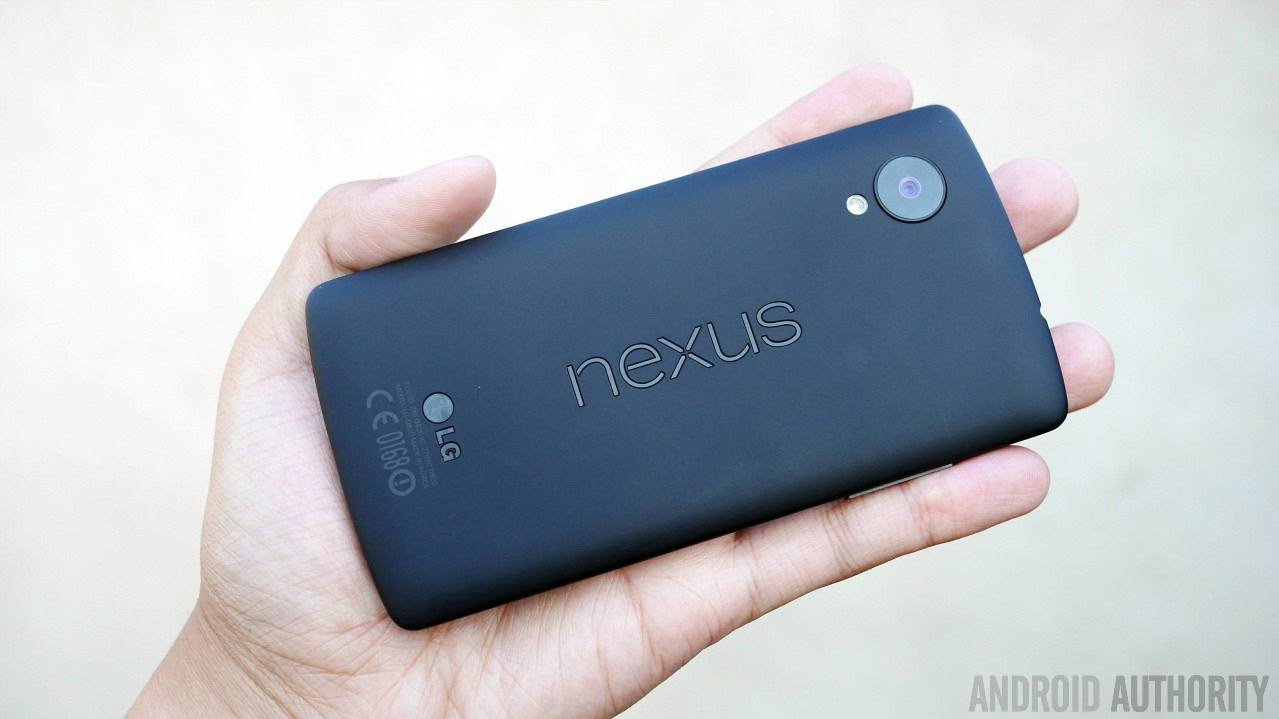
The Nexus 5 was also a phone that made us reconsider what midrange phones were capable of and call into the question the real value of the $600 flagship. For those who were willing to take a chance on a less “commercial” handset, the Nexus 5 provided many rewards. Who knows when we’re going to see another phone achieve all of that again.
What are your thoughts on the Nexus 5? Overrated, or worth every penny? Let us know in the comments.